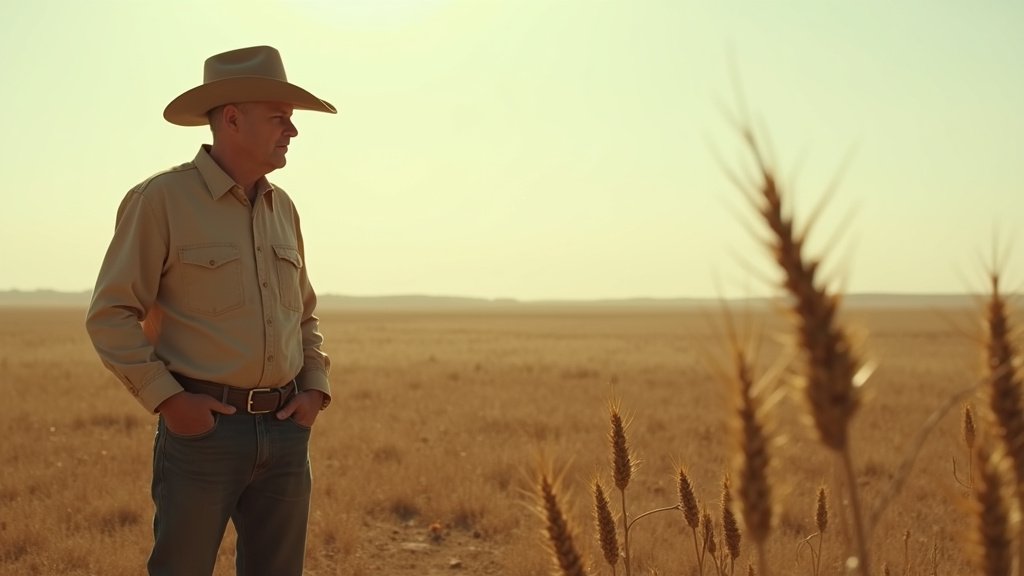Deadly Deluge on the Guadalupe River
The tranquility of the July 4th weekend in Texas was shattered by a catastrophic flash flood on the Guadalupe River, resulting in a staggering loss of life and widespread devastation. The deluge claimed the lives of over 100 individuals, a tragic toll that included 27 children and counselors at Camp Mystic, an all-girls Christian camp nestled along the riverbanks. As of the Tuesday following the disaster, the human impact continued to unfold, with reports indicating that over 160 people were still believed to be missing.
The scale of the tragedy has intensified scrutiny on the actions and communications of state, federal, and Kerr County officials in the hours leading up to and immediately following the flood. Questions are increasingly being raised regarding their handling of warnings and preparedness measures, particularly as a timeline of events on July 4th emerges.
Evolving Situation and Official Reports
Key officials have reportedly avoided direct questions concerning the level of preparedness and the nature of alerts issued to the public and facilities in the flood’s path. However, details surfacing from the chaotic day paint a picture of an rapidly escalating situation and an evolving understanding of its severity among authorities.
According to a timeline, grim reports began circulating relatively early in the afternoon of July 4th. By approximately 3:30 p.m., initial death tolls were being reported. Lieutenant Governor Dan Patrick was cited as mentioning the discovery of between six and ten bodies at that time. Concurrently, Kerr County Sheriff Larry Leitha reportedly provided an initial count of thirteen deaths.
These early figures hinted at the potential for a major disaster, yet the official response and full recognition of the crisis appeared to unfold over several more hours.
The Ordeal at Camp Mystic
The tragedy at Camp Mystic highlights the suddenness and force of the floodwaters. The all-girls Christian camp became a focal point of rescue efforts as the river surged.
A critical point in the timeline involves the Texas Game Wardens, who reportedly entered Camp Mystic around 7:11 p.m. on July 4th with the objective of evacuating campers threatened by the rising waters. Even at this relatively late hour, the situation was desperate, with roughly two dozen campers and staff still unaccounted for at the time of the Game Wardens’ arrival.
This harrowing detail aligns with earlier statements. Lieutenant Governor Dan Patrick had earlier indicated that the whereabouts of approximately 23 girls from Camp Mystic were unknown, underscoring the immediate concern for those at the camp.
Timeline Discrepancies and Defenses
The official posture shifted more definitively later in the evening. Governor Greg Abbott signed a disaster declaration during a news conference held at 9 p.m. on July 4th. At this same conference, Kerr County Sheriff Larry Leitha’s reported death toll had significantly increased from his earlier statement, then standing at around 24 fatalities.
The gap between the initial reports at 3:30 p.m. (6-10 and 13 deaths reported), the critical intervention at Camp Mystic at 7:11 p.m. with dozens unaccounted for, and the formal disaster declaration at 9 p.m. with a death toll of around 24, forms the basis for the questions now being raised about the promptness and adequacy of the official response.
In the wake of the disaster, officials have faced difficult questions regarding why facilities like camps were not evacuated sooner. Kerr County Judge Rob Kelly defended the decision not to order blanket evacuations, stating that officials did not anticipate the severity of “this flood”.
Unanswered Questions and Ongoing Search
However, critics point to the escalating death tolls reported throughout the day and the known risk factors in the area as reasons why more proactive measures might have been warranted. The reported reluctance of state, federal, and local officials to directly address questions about warning systems and preparedness protocols has only served to fuel further public and media scrutiny.
Meanwhile, the urgent task of locating the missing continues. With over 160 people still unaccounted for as of Tuesday, search and rescue operations remain a critical priority along the ravaged Guadalupe River. The full scope of the human tragedy may not be known for some time.
The focus is now shifting towards understanding whether the timeline of official actions, warnings, and declarations corresponded appropriately with the rapidly deteriorating conditions on the ground and the mounting evidence of the flood’s deadly impact. As investigations into the disaster commence, the actions of Texas officials in the critical hours of July 4th are likely to remain a central point of inquiry.






